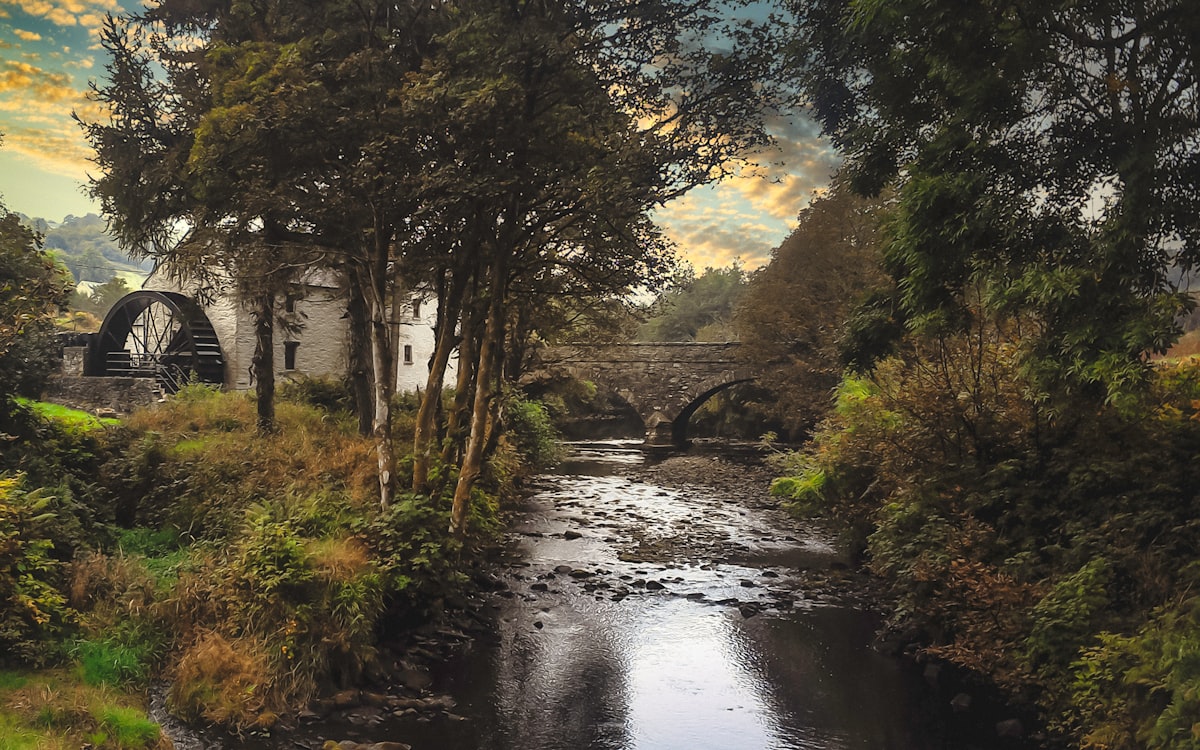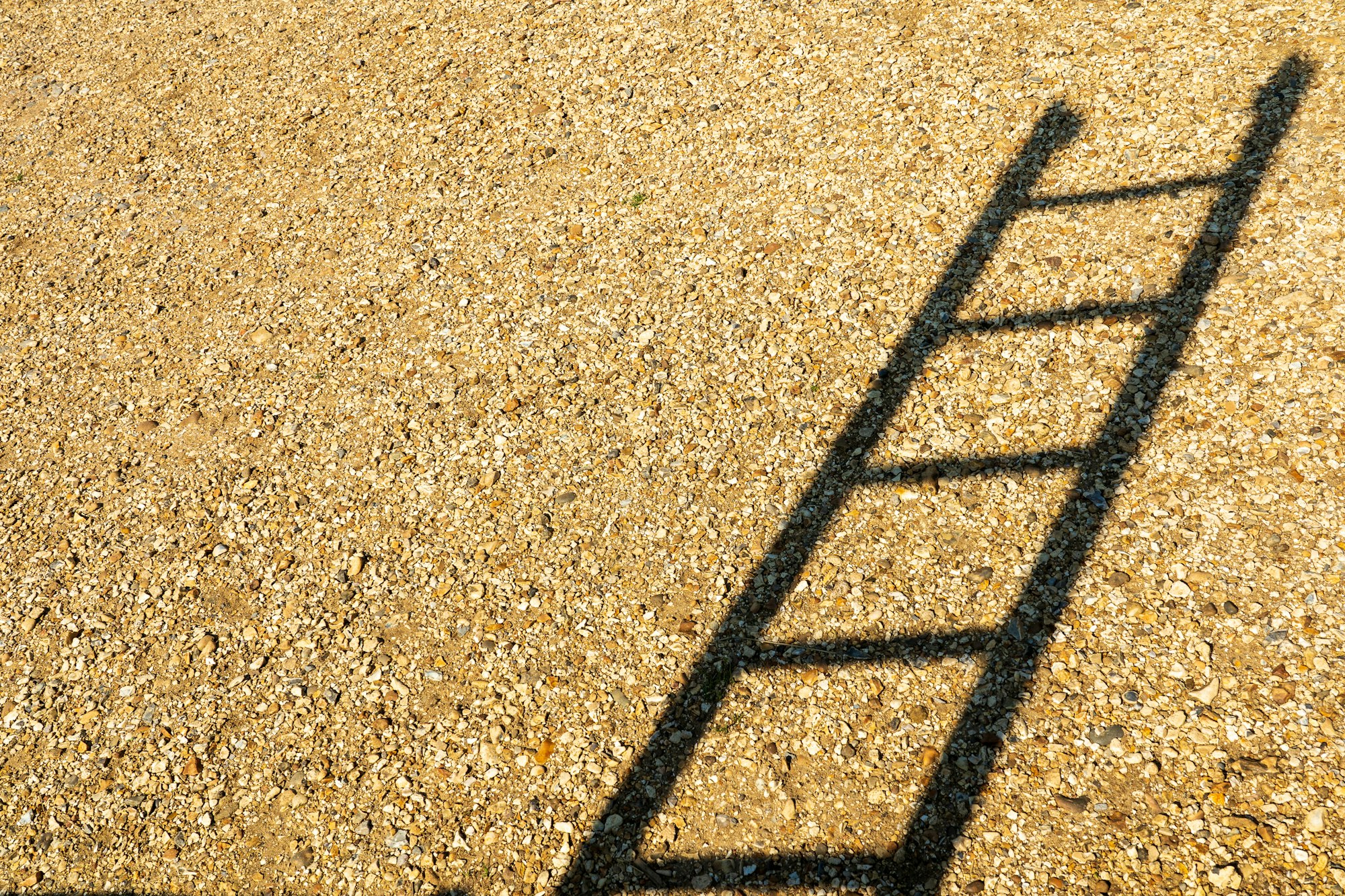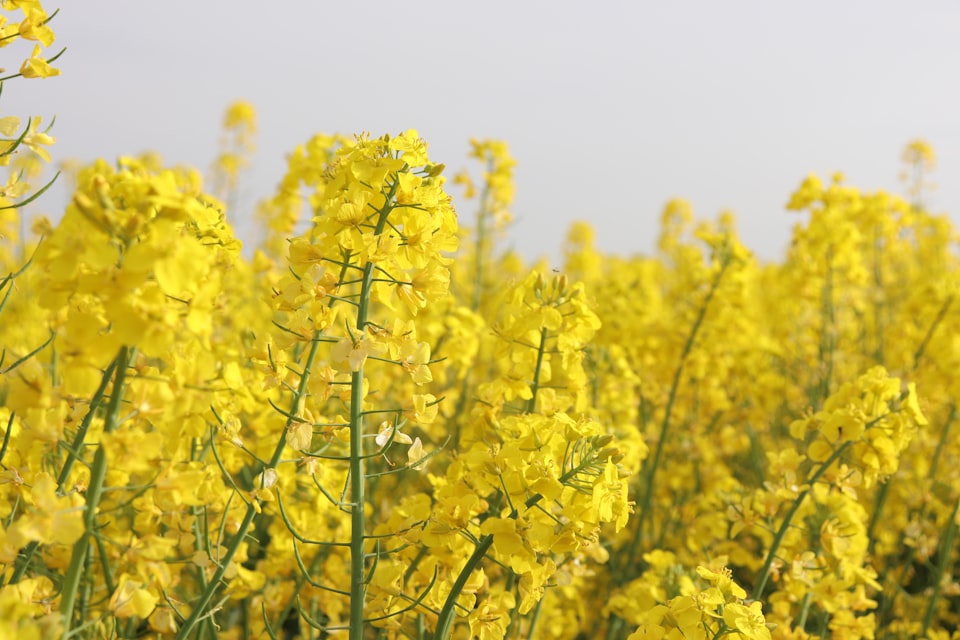X: Mill
What goes on behind the placid surface of a mill?

Good morning. Today is décadi, the 30th of Thermidor, Year CCXXXI. We celebrate le moulin, a structure for using wind and water to turn things around.
I once ran adjacent to mining circles – a consequence of growing up in Colorado – and I knew this guy who sold drills for mines. These drills were the size of houses and cost millions. The commission was such that selling a single drill every few years would be enough to live comfortably. This guy I knew, he hadn't sold a drill yet, but we were hanging out around a campfire listening to some yahoos set off TNT in a nearby creek as part of a celebration for him selling his first jaw crusher.
Jaw crushers look like prone commas the size of semi trucks. You feed the beast diesel and boulders in the top, and off a conveyor belt at the tip of its tail you get gravel. It's a mill, just like the ones that run on wind or water to grind wheat, but bigger, louder, and stronger.
Millstones – the heavy wheels that grind even in the belly of a modern jaw crusher – have long been associated with the burdens of servitude, the crushing effect hard labor has on the body. In the Bible, a millstone is a punishment to be worn about the neck, the weight intended to drown its wearer. When you need a symbol for the relentless grind of work, reach for the millstone emoji. Which doesn't exist.
If you search for millstone emojis, you'll get a lot of weightlifting and dumbbell ones instead. America has so successfully lionized the relentless work ethic that the only cultural signifiers of "the grind" are voluntary, associated with hobbies and betterment. In stand-up comedy, "grinding" has come to mean doing multiple shows a night – usually open mics – in order to, in theory, get better. The defining characteristic of a "grinder" comic is their jokes that cut a sharp edge only fellow comedians would find humorous. The recognizable boulders of the human landscape are pulverized to choking dust and nuisance pebbles of anti-wisdom.
I'm sure each scene has its grinders. If the emojiverse is to be believed, bodybuilding is lousy with them. This makes sense. It takes a lot of pain and dedication to sculpt muscles. I wonder what cost comes with that grind. What crumbles? Something is always diminished in a grind. You begin with a whole, and end with a powder.
The mill is an entropy time machine. Whatever physics would do in the long run, the mill accelerates.
Yet windmills and watermills alike have come to symbolize tranquility and idyll. I assume this is because, although they propel matter to the future as ferociously as any jaw crusher, they do so relatively slowly, relatively quietly, with a breeze or a stream.
When the TNT exploded in the creek, the water shot upwards like a geyser and settled back down on the entire campsite. The boys call it rain dancing. The boys giggled after the explosion. Some were drunk, but one who was not refused to unlock the dynamite crate again. One hole in the planet was enough for tonight. The Percherons were motionless nearby, heads tucked into feedbags, ears barely twitching to the explosion they heard several times a day as muck drafters at the nearby mine. Horses, too, know the mills grind quickly and loudly now. They ignore the chaos and eat, their jaws crushing the grain and grass, just as nature intended. They chew just enough to swallow. That is their wisdom.



